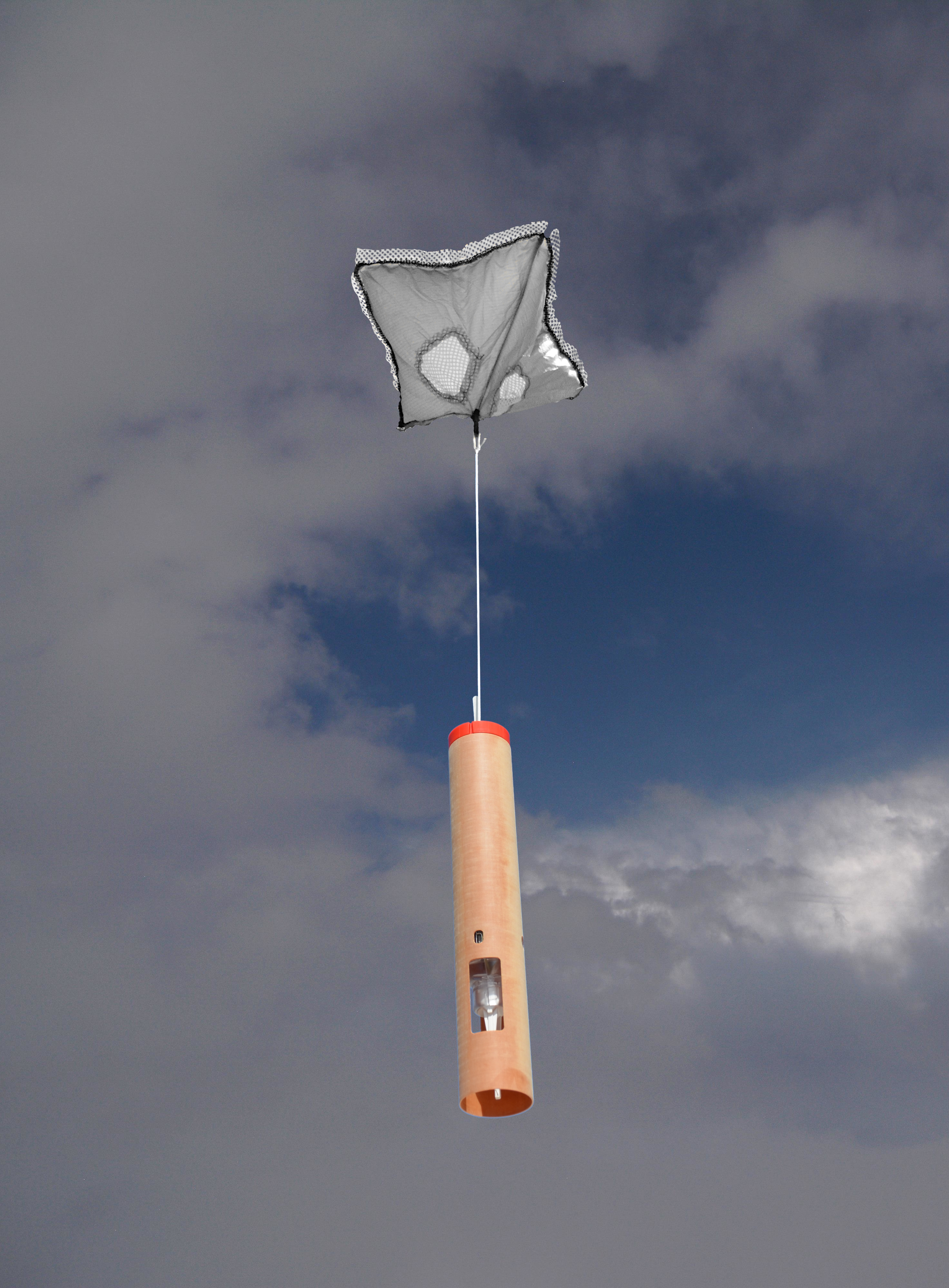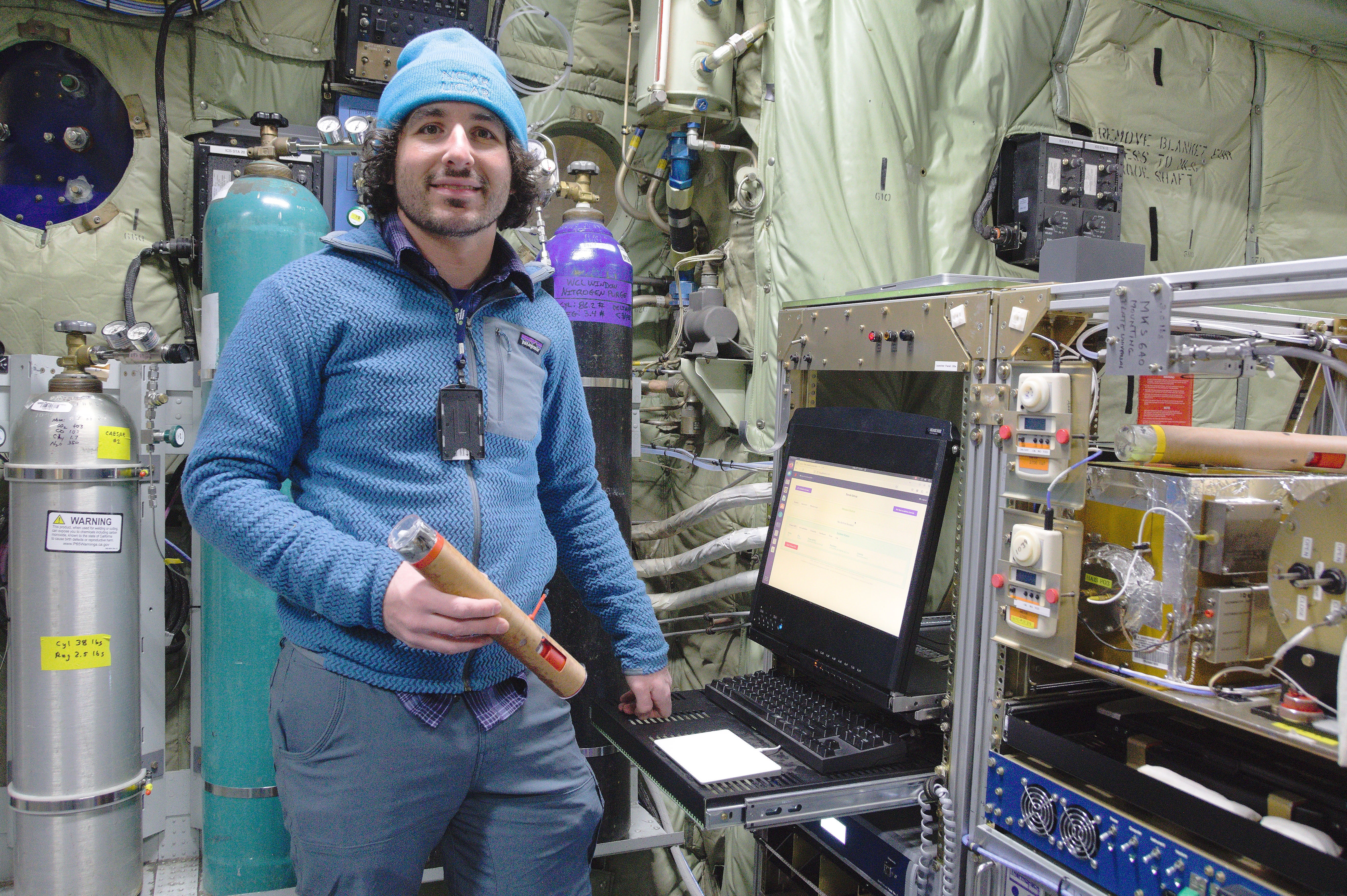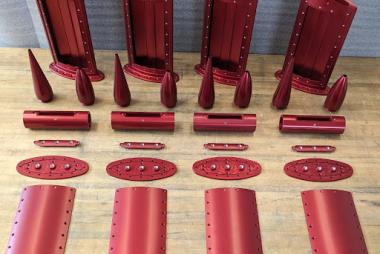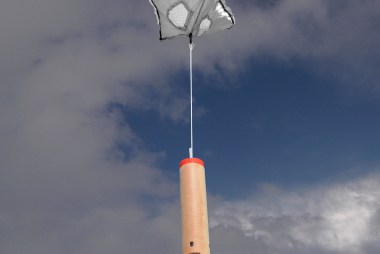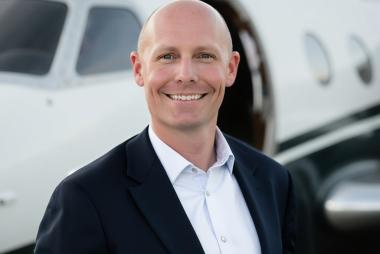AVAPS Users Group Meeting - April 2025
The 27th AVAPS® meeting took place in April 2025, with 84 participants attending both in person and online.
Photo: Holger Vömel
NSF NCAR Dropsondes at the Center of Storms
Hurricanes are some of the most dangerous and destructive weather phenomena, threatening communities along the eastern and southern coastlines of the US. They require close monitoring and detailed observations to provide early and accurate predictions of a storm's expected strength and landfall location. One of the most valuable and important tools for collecting these observations are aircraft-launched dropsondes. Carried into storms by NOAA and U.S. Air Force Hurricane Hunter aircraft, these small instruments provide essential information about the vertical structure of temperature, humidity, and provide especially accurate readings of surface pressure in the eye of a storm.
Aircraft launched dropsondes are released into the heart of storms to gather critical data. Photo: Holger Vömel
Dropsondes capable of measuring winds were first developed by NSF NCAR over 50 years ago and remain a vital tool for studying our atmosphere - not only in extreme conditions like hurricanes, but also in remote regions where land-based observations are difficult or impossible. This includes the vast expanse of the oceans, which cover two thirds of the Earth's surface, as well as sparsely populated or hard-to-access land areas. While the original wind-finding dropsondes were developed and built over five decades ago, their design has continuously evolved. Today’s sondes achieve unprecedented accuracy and reliability, making them the go-to instrument for high-stake deployments such as flights into hurricanes and atmospheric rivers. This level of performance is the result of ongoing innovation by a dedicated team of talented engineers and scientists who actively seek out the best available technology. Their work is closely integrated with the needs of the scientific and observational communities that they serve.
At annual AVAPS® Users Group meetings, the community comes together to discuss the current state of in situ weather observations, both in science and technology. The 27th AVAPS® meeting, held in April 2025, brought together 84 participants in person and online. Hurricane hunters from NOAA and the U.S. Air Force reported on their recent experiences, while national and international research groups shared results of their ongoing scientific studies. The central theme of the discussions focused on how to advance our observational capabilities and deepen our scientific understanding. Several private-sector companies also took part, contributing as both instrumentation suppliers and developers of new commercial applications.
Over the past few years, nearly all users of the NSF NCAR-developed dropsonde, which is mass produced and distributed by Vaisala, have transitioned to the smaller NRD41 model. This latest development marks a major step forward, bringing the global dropsonde community in line with the most reliable dropsonde model to emerge from NSF NCAR. NOAA and the U.S. Air Force reported significantly higher numbers of successful soundings during their most recent operational seasons, which had been one of the main drivers for this switch.
NSF NCAR ISF Engineer, Mack Goodstein
Photo: Holger Vömel
NSF NCAR continues to lead dropsonde innovation, and presented the latest software and hardware developments that will soon be shared with the broader scientific community. NCAR also introduced new procedures for evaluating data quality. This is an important component of the dropsonde development efforts as sensors released from aircraft into hazardous atmospheric conditions must produce reliable observations and remain free from artifacts that can arise in such extreme conditions. Critical review of the data collected under these conditions, along with robust data management, is just as critical as the observations themselves.
This year’s meeting featured more scientific presentations than ever before, covering observations in both the Pacific and Atlantic basins, as well as studies of air-sea turbulent fluxes in the boundary layer, the key drivers for hurricane development. Presentations also highlighted dropsonde developments by other companies, observations using air-launched Unmanned Aerial Systems, and long duration profiling balloons, which may carry dropsondes in the future. Together, these presentations underscore the critical role of high-quality in situ profiling data for improving storm forecasts over the oceans, and the central role NSF NCAR plays in advancing these capabilities and fostering stimulating scientific exchange and technological developments.
Through these efforts, NSF NCAR continues to serve as a national and global leader in instrument development and deployment of unique observing systems, the discovery of new science, and the management of observational data, all in support of advancing our understanding of a changing and sometimes hazardous environment.

